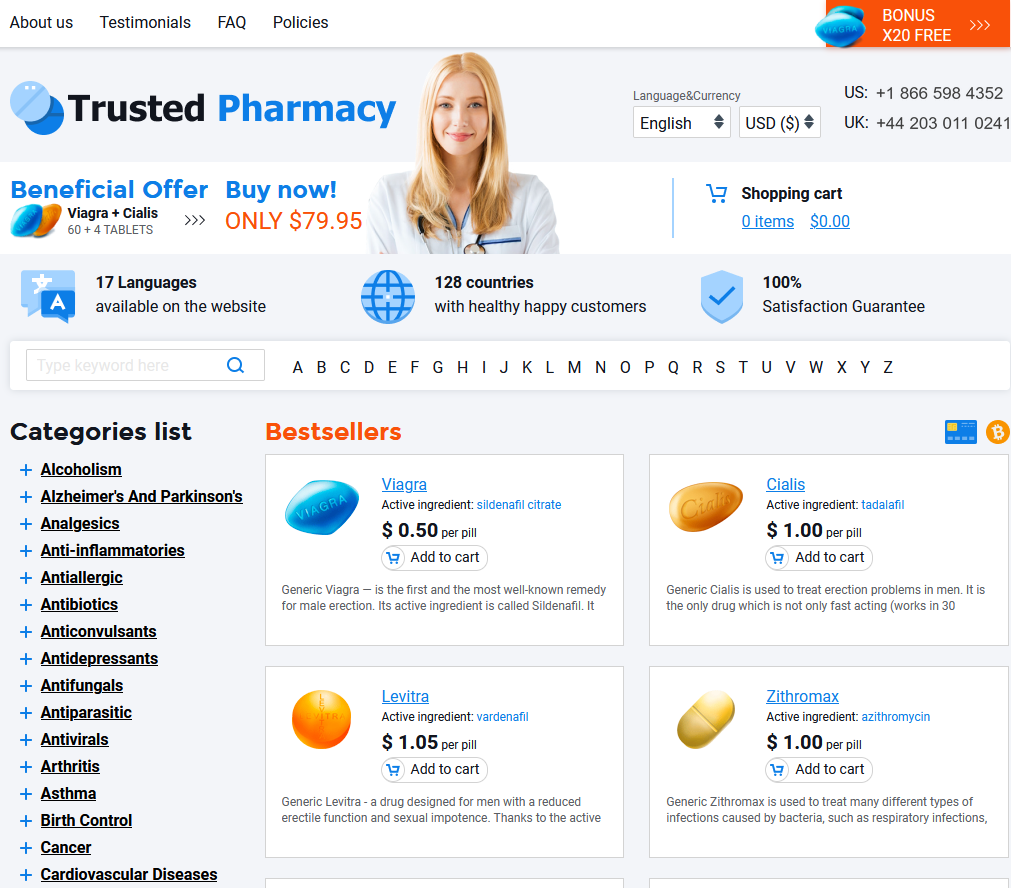 Navigating Prednisolone Dosage: What Patients Should Know
Navigating Prednisolone Dosage: What Patients Should Know
Understanding Prednisolone: What It Treats and How
Prednisolone is a versatile corticosteroid medication widely used to manage and treat inflammatory and autoimmune conditions. It is particularly effective in conditions such as asthma, allergic reactions, rheumatoid arthritis, and certain types of cancer. By mimicking the effects of natural hormones produced by the adrenal glands, prednisolone helps to suppress the immune system and reduce inflammation, providing relief from symptoms like swelling, redness, and pain.
| Condition |
Effect of Prednisolone |
| Asthma |
Reduces airway inflammation |
| Allergic Reactions |
Mitigates overactive immune response |
| Rheumatoid Arthritis |
Decreases joint inflammation |
| Certain Cancers |
Alleviates inflammation and discomfort |
Prednisolone achieves its therapeutic effects by interrupting the inflammatory processes and modulating immune responses. Its efficacy in treating a wide array of conditions makes it a critical component in modern medical treatment protocols. Understanding how it influences your condition can empower patients to engage more meaningfully in their treatment journey.
Determining the Right Dosage for Individual Needs

Determining the appropriate prednisolone dosage is a delicate process tailored to each patient's unique situation. Doctors consider a range of factors, including the specific condition being treated, the severity of symptoms, and the patient's overall health profile. For instance, a patient with an acute inflammatory condition might initially require a higher dose compared to someone managing a chronic illness. Age and weight also play pivotal roles in dosage calculations. Personalized dosages ensure maximum efficacy while minimizing potential side effects, leading to a more favorable treatment outcome.
Factors Influencing Prednisolone Dosage Adjustments
When considering an effective prednisolone regimen, it's essential to explore the diverse factors that might necessitate dosage adjustments. Age is a significant determinant; children and older adults often require different dosages due to metabolic differences. The nature and severity of the condition being treated also play a crucial role. Chronic conditions might call for a sustained, lower dose, while an acute flare-up could need a higher one. Additionally, body weight and overall health status, including the presence of any coexisting conditions, can influence the dosing strategy.
Furthermore, the body's response to prednisolone is uniquely individual, necessitating continuous monitoring and possible adjustments. Some patients may experience variations in enzyme activity that affect how effectively the medication is metabolized, while lifestyle choices like diet and exercise can also impact its effectiveness. Concurrent medications are another pivotal factor, as certain drugs may interact with prednisolone, altering its efficacy and side effect profile. Collaboratively working with healthcare providers to fine-tune the dosage is essential in optimizing therapeutic outcomes.
Potential Side Effects of Incorrect Dosage

When taking prednisolone, it's crucial to adhere to the prescribed dosage to avoid unwelcome complications. Too much of this medication can suppress the immune system excessively, leaving individuals vulnerable to infections, while too little might result in insufficient management of the underlying condition. Mismanagement in dosage can lead to side effects such as weight gain, mood swings, or high blood pressure, all of which could diminish quality of life.
Patients must remain vigilant and attuned to their body's responses. Swift identification of unusual symptoms can mitigate adverse effects, and maintaining an open dialogue with healthcare providers is key. By carefully monitoring changes and effects, individuals can better ensure prednisolone serves its purpose without unnecessary risks.
Tips for Monitoring Your Response to Treatment
Recognizing how your body responds to prednisolone is crucial for effective treatment. Keep a detailed journal documenting any changes you notice, be it positive or negative. This could include alterations in mood, energy levels, or any physical symptoms that may arise. Such records become invaluable during consultations with your healthcare provider, offering insights into how the medication is affecting your well-being.
Establish a routine by setting reminders for medication intake, ensuring consistent use. In addition, regularly track your symptoms and any side effects. This proactive approach allows for the timely identification of trends or patterns, empowering decisions on whether adjustments in dosage may be necessary.
Consider utilizing digital tools or apps designed for tracking medication and symptoms. They provide an organized way to manage your health data, making it easier to spot anomalies and stay informed.
| Monitoring Aspect |
Action |
| Symptom Journal |
Document changes in symptoms daily |
| Medication Schedule |
Set reminders to ensure timely dosage |
| Digital Tools |
Use apps for tracking medication use |
Communicating with Your Healthcare Provider Effectively
Establishing a strong communication line with your healthcare provider is crucial when navigating your prednisolone treatment. Start by preparing for your appointments, jotting down any questions or concerns you may have about your dosage or potential side effects. This preparation ensures you don't forget to discuss important issues that could influence your treatment plan.
During consultations, be open and honest about your symptoms and how you're responding to the medication. Share any side effects you might be experiencing, no matter how minor they seem. Detailed communication enables your provider to make necessary dosage adjustments tailored to your needs. Don't hesitate to seek clarification on any advice or directives; your understanding is vital to effective treatment.
Finally, schedule regular follow-up appointments to monitor your progress, as ongoing assessment plays a pivotal role in optimal dosage management. Keep an open line of communication via phone or email if unexpected issues arise between visits. Active engagement in this dialogue empowers you to co-manage your health and ensures that your treatment remains on track. For more detailed information, please refer to Mayo Clinic and MedlinePlus.